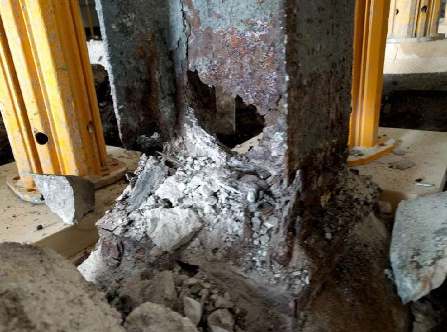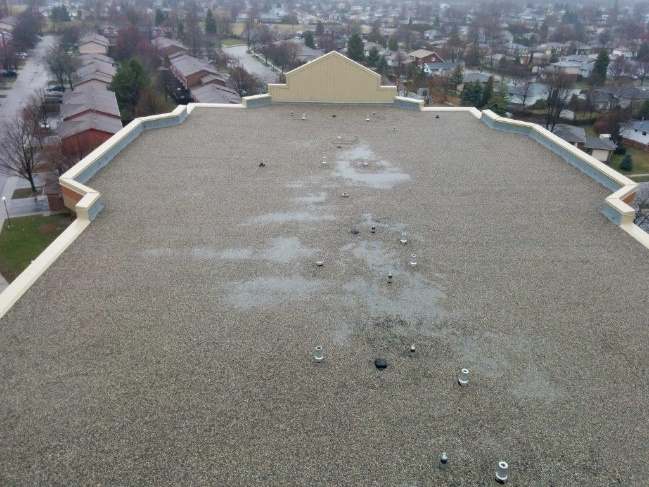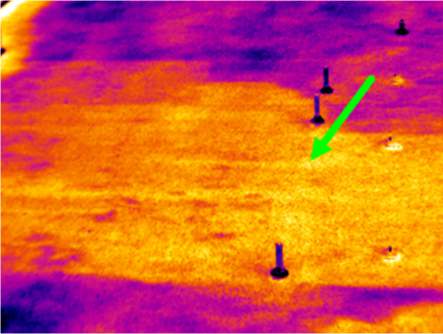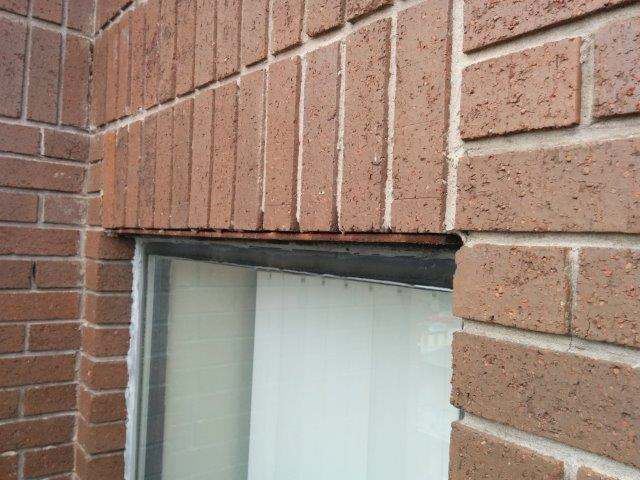We know you do it. No sooner does your Reserve Fund Study arrive than you flip to the back and look at whether contributions are going to be increasing or not. And we get it. Money matters. Risk, however, is King, and having a better understanding of the condition of your Common Elements is the best way to mitigate risk of major, unexpected repairs over the long term.
From time to time, you may notice that your Reserve Fund Study engineer has recommended further review of one of your building components: the roofs, the walls, or the windows, for example. You think to yourself:
What the --? Didn’t they just review this?!
What’s the difference?
The purpose of a Reserve Fund Study is to serve as a long-range budgeting tool and to help the Board establish Reserve Fund contribution rates. The information gathered during a Reserve Fund Study is very high-level. To help establish the condition of concealed components and plan the timing and costs of large near-term projects, your engineer will often recommend a Condition Assessment.
A Condition Assessment is a detailed review of a specific building component to provide improved accuracy on budgets, timing, and options for repair or replacement. They can generally happen at any time, depending on weather and other factors, and may include testing, intrusive investigations, interviews, and detailed drawing reviews. Condition Assessments provide additional information, helping a Board make educated decisions.
Take a look at Table 1, which summarizes the key differences between a Reserve Fund Study and a Condition Assessment.
Table 1: Reserve Fund Study vs Condition Assessment
| Reserve Fund Study | Condition Assessment | |
|---|---|---|
| Purpose | Required by the Condominium Act. Budget planning tool. | Detailed review of specific component. |
| Scope | Whole building – All Common Elements. | Single Component (e.g. the roofs, the walls, or the windows). |
| Timing | Minimum every 3 years; up to 6 years between site visits. | Any time. |
| Document review | Legal documents, accounting information, drawings, previous Reserve Fund Study. | In depth drawing review, previous reports, previous Reserve Fund Study. |
| Interviews | Property Manager, Superintendent, service contractors, residents, etc. | Property Manager, Superintendent, service contractors, residents, etc. |
| Site visit | Typically, 3-5 hours at site for entire property. | Typically, 1-2 days at site for a component. |
| Scope of Review | Visual review. No testing. | Extensive visual review. Detailed tests and intrusive investigation. Engineering analysis. |
| Quantities | From drawings if available, extrapolate from sample areas accessed. | From drawings if available, extrapolate from larger sample size of component area(s). Derived from field testing of concealed conditions. |
| Report | Concise description of each component. No option review; like-for-like replacement. | Detailed report. Repair options including cost estimates and recommendations. |
| Cost Estimates | Based on unit rates for similar buildings and our experience. | Detailed cost breakdown for each option with more confidence based on field work. |
| Payoff | Develop a funding plan to achieve an “adequately funded” Reserve Fund. Stable contribution plan. | Provides enough information for a Board to make an educated decision on how and when to proceed with repairs to a specific component, including to design and tender. |
It doesn’t look like there are issues… do we really need a Condition Assessment?
We pride ourselves in knowing what to look for, and how to catch concealed deterioration early to avoid costly major repairs. We also like to think we can catch risk items that an untrained eye may overlook. This engineering judgement helps determine timing of various projects in Reserve Fund Studies, and can also help identify various warning signs of potential underlying issues.
While the visual review included with a Reserve Fund Study is detailed enough to observe warning
signs, a Condition Assessment is the true way to assess risk. It will provide a detailed assessment describing both the issue and the root cause, as well as a recommended action plan and options. Condition Assessments are typically recommended when your engineer observes high risk warning signs or when a component is nearing the end of its useful life.
Knowing is better than not knowing.
Fair Warning: Uncovering concealed conditions is risky business.
The Condition Assessment may lead you in a few different directions.
Now you can defer repairs another 5+ years with low risk!
A Condition Assessment will typically involve intrusive investigation to understand and assess the component as a whole. In some cases, the investigation will show that there are no underlying issues and the warning sign that was observed was a superficial issue that doesn’t compromise the component.
When this is the case, localized repairs may be needed to address minor items; however, major replacement or repairs can typically be differed with minimal risk. These risks should be discussed with your engineer.
Or perhaps…
Now the price of replacement has gone up!
There are cases where the intrusive investigations uncover major underlying issues with the component and costly action is required.
Let’s be clear though – the Condition Assessment is not the cause of the issue, or of the increased repair cost! It simply serves to provides a degree of certainty to an uncertain situation. Knowing about concealed deterioration is essential in helping the Condominium Corporation plan for repairs and manage risk.
Without an understanding of the condition of your building, components may fail earlier than expected, or you may conduct a repair project doesn’t address the concealed deterioration anyway. In both cases, the Corporation is at risk of facing unexpected costs that pose a substantial amount of risk to the Corporation.
Table 2 showing warning signs observed during a typical Reserve Fund Study site review, and potential concealed conditions that a Condition Assessment would uncover.
Table 2: Warning Signs and Potential Concealed Conditions
| Warning Sign | Potential Concealed Condition |
|---|---|
 |
 |
 |
 |
 |
 |
What happens if the component is nearing the end of its useful life?
If the component is expected to require replacement within the next five years, further review can expose underlying issues that may reduce the component’s useful life, confirm the estimated replacement costs and timing, and allow the engineer to recommend localized repairs that will extend the component's useful life.
So, I shouldn’t just flip to the back of my Reserve Fund Study?
Engineers have the knowledge and judgment to identify warning signs which could pose risks to the Corporation if they are not dealt with. Although some cracking, visual corrosion, or even salt staining on structures may seem minor, they can be warning signs of much larger issues. Condition Assessments are a critical tool in effective repair planning and physical building management – which serve to ensure a financially healthy and sound Condominium Corporation.
Check out Part 2 - Reserve Fund Study with Condition Assessment of our So, You Think You Know Your Common Elements series to learn about how you can efficiently combine a Reserve Fund Study and Condition Assessment into a single process, all while keeping your owners informed!











